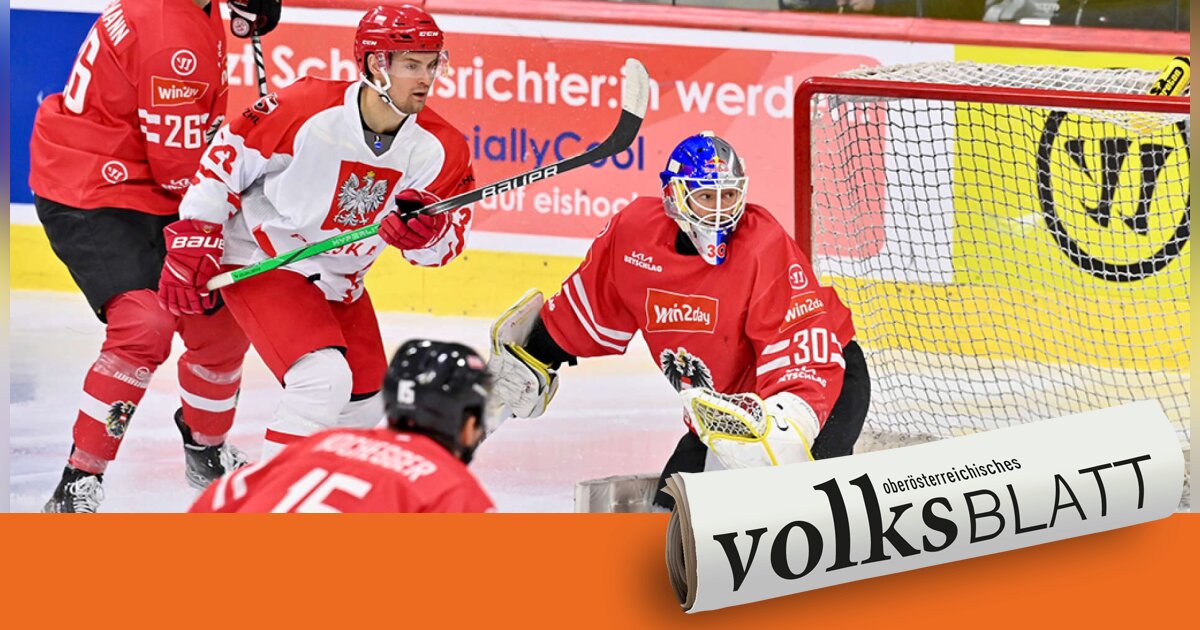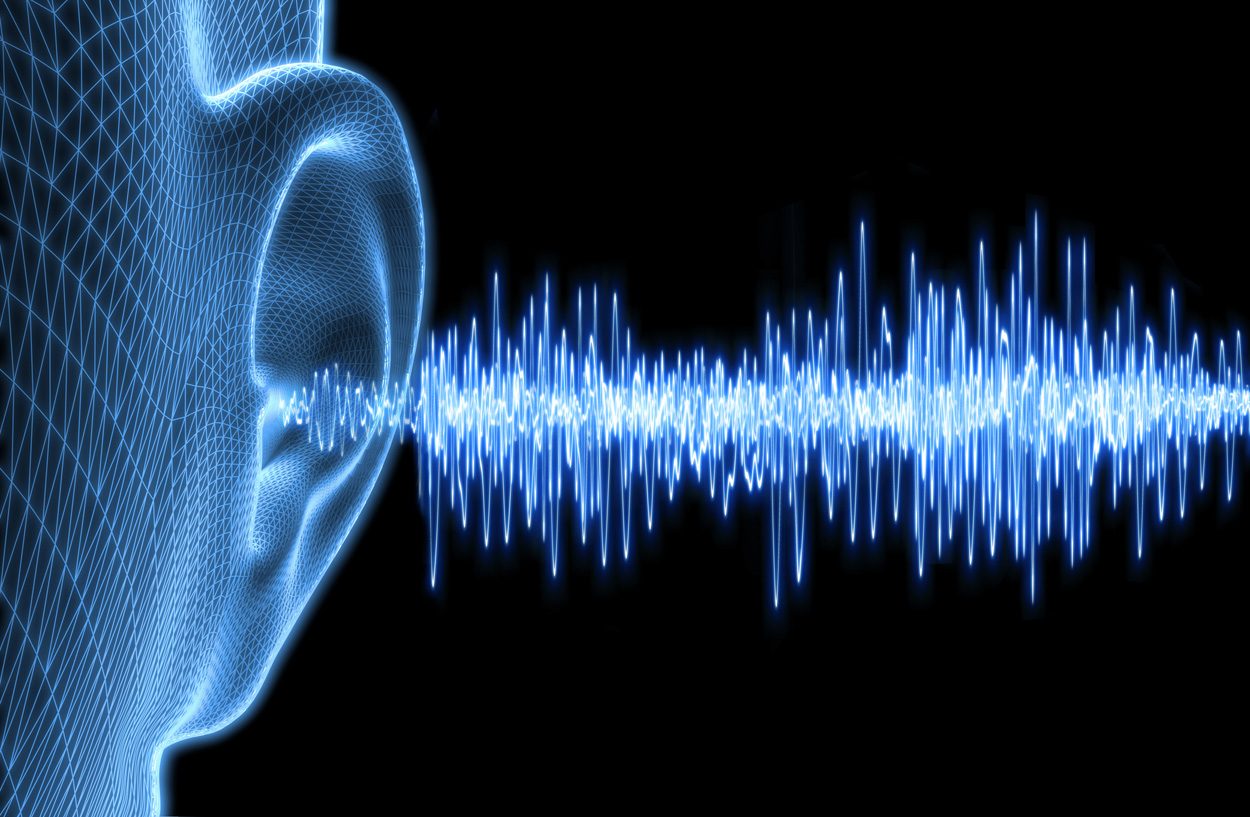Ambient noises make it difficult for those with good hearing to understand speech. It is even more difficult for hard of hearing people who are hard of hearing. Your hearing system can only inadequately filter speech-related sounds from background noise. A research team has now developed an unusual solution to this: a small vibration unit clamped between the thumb and forefinger triggers stimuli in the brain that enhance language comprehension, preliminary tests show. This approach could open up new possibilities for improving speech understanding for the hard of hearing.
Annoying sounds like loud music, gleaming restaurant cutlery or chatter makes it difficult even for people to hear to continue the conversation. “Language is a very complex phonemic signal that requires an understanding of similarly complex hierarchical processes,” explain Pierre Guilleminot of Imperial College London and Tobias Reichenbach of Friedrich-Alexander University in Erlangen-Nuremberg. “These operations include the division and analysis of individual phonemes, syllables, and words in order to decode the semantic content.” Even more surprisingly, our brain can usually do this even in the presence of strong background noise. However, this no longer works well for people who are hard of hearing: especially with hearing aids, they often have great difficulty understanding the person they are talking to in noisy environments.
Vibration impulses in time with language
In their search for a solution to this problem, Guilleminot and Reichenbach took what appeared to be an unusual approach: They investigated whether vibration pulses could improve speech understanding. Background is the theory that multisensory aspects play a role in many perceptions, including the processing of speech sounds. In the brain, stimuli from different sensory channels can influence each other and thus favor or disturb each other. To verify this, the researchers conducted an auditory experiment with vibration support on 19 volunteers. For this purpose, English sentences and words were played to the test subjects with normal hearing amid intense background noise through headphones.
At the same time, all of the test subjects held a small device between the thumb and forefinger of their right hand. This was emitted by slight vibration stimuli parallel to the hearing of speech. The pulsations were comparable to the slight vibration that many smartphone screens emit as haptic feedback when touched, for example. Vibration stimuli were modified to be delivered in time using speech syllables. Over several cycles, the researchers altered the delay in the vibration signals and also performed additional tests with or without randomly placed pulses.
Improve language comprehension
Tests showed that if tactile stimuli were given in time with speech syllables and without a time delay, they improved people’s speech comprehension: “Speech understanding, despite background noise, then improves by 6.3 percent compared to pseudo-pulse noise,” Guilleminot reports. and Reichenbach. This was also confirmed in brain wave measurements during the experiments: Brain activity in the auditory cortex — which can be recognized by wave patterns occurring in time with syllables — was higher during vibration tests than in control experiments, the team determined. “We have shown that tactile pulses, which follow the rhythm of speech syllables, can influence and improve understanding of a speech signal that is under background noise,” the researchers wrote.
According to the scientists, this may open new possibilities for using multisensory hearing aids to help the hearing impaired understand speech. However, it remains to be examined more closely how closely the vibrational signals must follow the rhythmicity of the syllables. Guilleminot and Reichenbach also want to know if this tactile stimulation can also detect its multisensory effect directly on the ear. If so, the vibrators can be integrated directly into the hearing aid.
Source: Pierre Guilleminot (Imperial College London) and Tobias Reichenbach (Friedrich-Alexander-Universität Erlangen-Nürnberg), Proceedings of the National Academy of Sciences, doi: 10.1073/pnas.2117000119

“Alcohol buff. Troublemaker. Introvert. Student. Social media lover. Web ninja. Bacon fan. Reader.”







More Stories
Simple recipe: sweet cream cheese slices from the tray
This is how our brain chooses what information it will remember in the long term
Up to 100 pilot whales stranded in Western Australia – Science